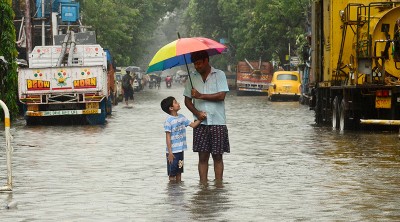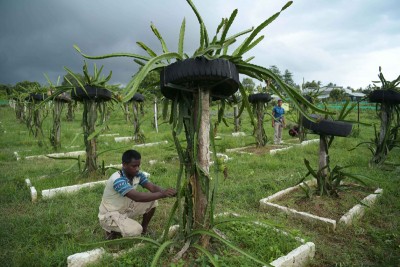
COVID-19 is not just seasonal, cautions WHO, as ‘first wave’ continues
New York: The COVID-19 virus is likely not impacted by the changing seasons like other respiratory diseases, the UN health agency said on Tuesday, before urging much greater respect for physical distancing measures to stop it spreading.
“The season does not seem to be affecting the transmission of this virus”, said Dr. Margaret Harris, World Health Organization (WHO) spokesperson, highlighting many people’s “fixed” belief to the contrary.
“What is affecting the transmission is mass gatherings, it’s people coming together, and people not social distancing, not taking the precautions to ensure they are not in close contact.”
Globally, WHO has reported as on Tuesday morning Geneva time, 16,301,736 confirmed cases of COVID-19, including 650,069 deaths.
Hotspots
The Americas remains the epicentre by region, with more than 8.7 million cases, followed by Europe (3.2 million), South-East Asia (1.8 million), Eastern Mediterranean (1.5 million), Africa (712,920) and Western Pacific (291,993).
During a scheduled virtual press conference, Dr. Harris noted that the biggest outbreak “with the most intense, the highest numbers”, remained the US, where it is the middle of summer.
Brazil had also seen high infection rates, despite being an equatorial country, the WHO spokesperson continued.
‘Later’ flu season in Global South
Turning to countries in the global south, Dr Harris noted that winter was underway there, with samples tested, indicating “high” COVID infection rates but low influenza traces. “Now the interesting thing is we are seeing from those samples, high levels of COVID, but we’re not seeing high levels of influenza at the moment. So, we’re expecting a later flu season in the southern hemisphere.”
The development is in line with WHO’s latest influenza update indicating that globally, influenza activity is currently at lower-than-expected levels.
In temperate areas of the northern hemisphere, influenza activity has “returned to inter-seasonal levels”.
In Caribbean, Central American, South American, tropical African, Southern Asia and South East Asia countries, the WHO bulletin reported that there have been only sporadic or no cases detected.
Assessing the impact on countries finding themselves having to tackle both COVID-19 and influenza at the same time, the WHO spokesperson debated whether a “melange” of respiratory diseases might prove problematic.
“That would be a concern, because if you have an increase in respiratory illness when you already have a very high burden of respiratory illness, that puts even more pressure on the health system,” she said.
‘One big wave’
Dr Harris also pushed back on the perception that a respiratory illness might come and go in several waves.
“It’s going to be one big wave”, she said. “It’s going to go up and down a bit…the best thing is to flatten it and turn it into just something that is lapping at your feet. But at the moment, first, second, third wave, these things don’t really make sense and we’re not really defining it that way.”
Asked about the WHO’s stance on charging for COVID-19 testing, the WHO official explained that this was a decision governed by countries alone. “Now we do everything we can to encourage all countries to test, because testing is absolutely essential,” she said. “You don’t know where your outbreak is if you’re not testing people. And we also encourage all countries to make access to testing wide and available”.
Support Our Journalism
We cannot do without you.. your contribution supports unbiased journalism
IBNS is not driven by any ism- not wokeism, not racism, not skewed secularism, not hyper right-wing or left liberal ideals, nor by any hardline religious beliefs or hyper nationalism. We want to serve you good old objective news, as they are. We do not judge or preach. We let people decide for themselves. We only try to present factual and well-sourced news.







